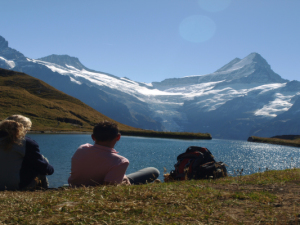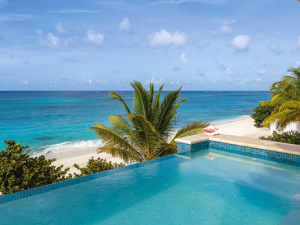
The Aurora Borealis, more commonly known as the Northern Lights, is a natural phenomenon caused by solar wind particles colliding with gas molecules as they travel towards the Earth’s magnetic poles- the process is very similar to that of a neon light sign. The result is gorgeous swirls of glowing light that ripple through the sky.
The colour of the Aurora Borealis differs but is often yellow/green in colour with hints of blues, reds and purples despite the rainbow colour we’re so used to seeing in photographs of it. If you do plan on taking photos of the Aurora Borealis, you’ll want a long exposure and a tripod to make sure camera shake doesn’t ruin your photos.
The best time to see the Northern Lights would normally be on a clear night’s sky around winter time when the nights are darkest. With this winter 2011/2012 set to be a perfect year for viewing the Aurora Borealis, we’re in for a treat as we build up to see the most breathtaking displays in its eleven year cycle. Where to go to see this spectacular, natural lightshow? Read on for information on some prime spots to view the Dawn of the North.
Canada
Canada is a great choice for seeing the Aurora Borealis, especially with the wealth of stunning lakes which make for gorgeous photos with stunning reflections of the lights. Ontario is a particularly good spot as it has lots of tours and activities based on the Aurora. There’s plenty to do whilst you’re there too. From skiing to ice fishing- you’ll surely find something to do whilst waiting for nightfall. Mid August to late April are the times you’re most likely to see it here with 21st of December being the longest night which gives you more hours of darkness in which to spot it.
For great deals to buy Canadian Dollars visit MyTravelMoney.co.uk
Sweden
The Northern Lights are very fickle and whilst on some nights they may be very bright and visible for a long time, on other nights they’ll disappear quickly or seem faint. To catch them at their best you’ll want to be on the lookout between 6pm-2am between September and late March.
For great deals to buy Swedish Krona visit MyTravelMoney.co.uk
Iceland
A cold and crisp, clear night between September and March is perfect for Aurora spotting. Reykjavík is a good bet as they usually have lots of tours for tourists hoping to see the Northern Lights and they’ll take you out to see them and drive you back again safely. You need to be a little way out from the city to avoid the light pollution but a good thirty minutes away should do. Geothermal pools are also a great view point whilst giving you a little warmth as well.
For great deals to buy Icelandic Krona visit MyTravelMoney.co.uk
Norway
Whilst the viewing dates are from around October- March, the best time to go is around December- February time. Norway is a likely place to see the Aurora Borealis due to its location. If visiting in January then a good place to try is Tromsø. Most of the month the city is in utter darkness and in late January the first dawn is celebrated with the northern lights festival.
For great deals to buy Norwegian Krone visit MyTravelMoney.co.uk
So, get your binoculars out. We hope this guide helps you to find the wonder of the world that is the Northern Lights.







